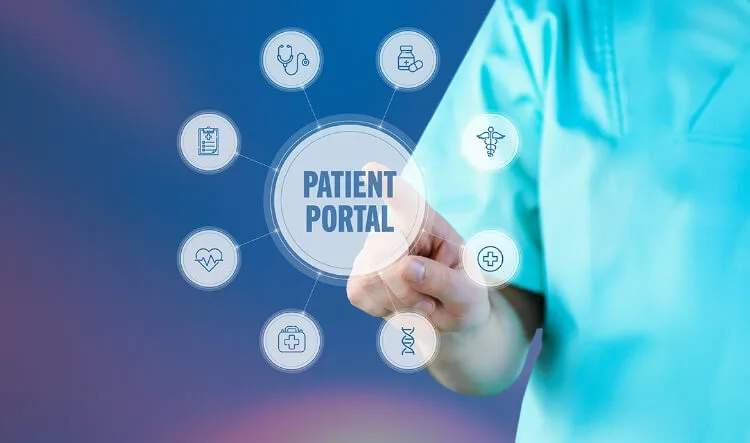EHR implementation is a major decision most practices and healthcare facilities must make in order to move their business entities into the 21st century. This decision comes on the back of government directives, increasing patient demands and an overall move to more technology-based healthcare practices. While in theory these changes have been anticipated to improve the quality of healthcare provided to patients, a number of bottlenecks exist that serve to stifle these gains and in most cases, result in an increase in patient dissatisfaction in services being offered. To understand better these bottlenecks, we’ll briefly look at five areas that healthcare administrators must focus on to eliminate EHR-related bottlenecks and fully realize the gains EHR technology promises.
Leadership
Frequently, leadership plays a major role in the sourcing and purchasing of EHR technology but then stops there. What results is a system being dumped on providers without any form of direction from leadership as to how to move forward. When this happens, pressure to deliver value from the system overwhelms providers while leadership is unable to empathise on the struggles being encountered. Instead, what is needed is stewardship from leadership even after the system has been acquired. This could be in the form of a change champion who acts as direct liaison between leadership and providers to iron out all issues that arise in the implementation of the system.
Provider Engagement
Following closely is provider engagement. To get complete stakeholder buy in, you must invest in provider engagement before, during and after the EHR acquisition process. Getting their feedback is essential to identifying the right EHR to pick and also how to implement it effectively. When this does not happen, providers feel alienated, user acceptance of the system becomes problematic and there’s an overall sense of disconnection between what the providers are delivering and what leadership expects.
Workflow
If your EHR system isn’t supporting a more productive and efficient workflow, then it’s not worth the money you are paying for it. Unfortunately, many healthcare providers will stick with an EHR that actually complicates their workflow, all while assuming productivity gains are being achieved. Before making this assumption, carefully evaluate your workflow before and after adopting the EHR. This will tell you a lot as to whether your EHR is actually delivering real productivity gains.
Training
Training is another bottleneck that serves as a sticking point in successful EHR implementation. While most EHR vendors will provide training, this training is mostly limited and does not offer comprehensive on-boarding for providers. In such scenarios, providers end up having a limited understanding of the system, which conspires to rob them of any productivity gains possible. Training is therefore a very important aspect to consider when picking an EHR vendor.
Data and User Interfaces
End users rely heavily on a system’s data and user interface design in order to successfully utilize the system. For physicians, this is even more important because the core use of EHR technology is to manage data, and to do so, user-friendly interfaces are crucial. When considering an EHR, this becomes one of the most important aspects of the decision-making process. How easy will it be for providers to use the system? How fast can a provider access the system and get to the exact data they are looking for? What kind of data processing abilities does the system have? And so on.
When considered carefully, these five areas can provide a solid foundation upon which to begin your search for the right EHR for your psychiatry or behavioral health practice. They may also serve as useful benchmarks against which to measure and improve utilization of your current EHR.








